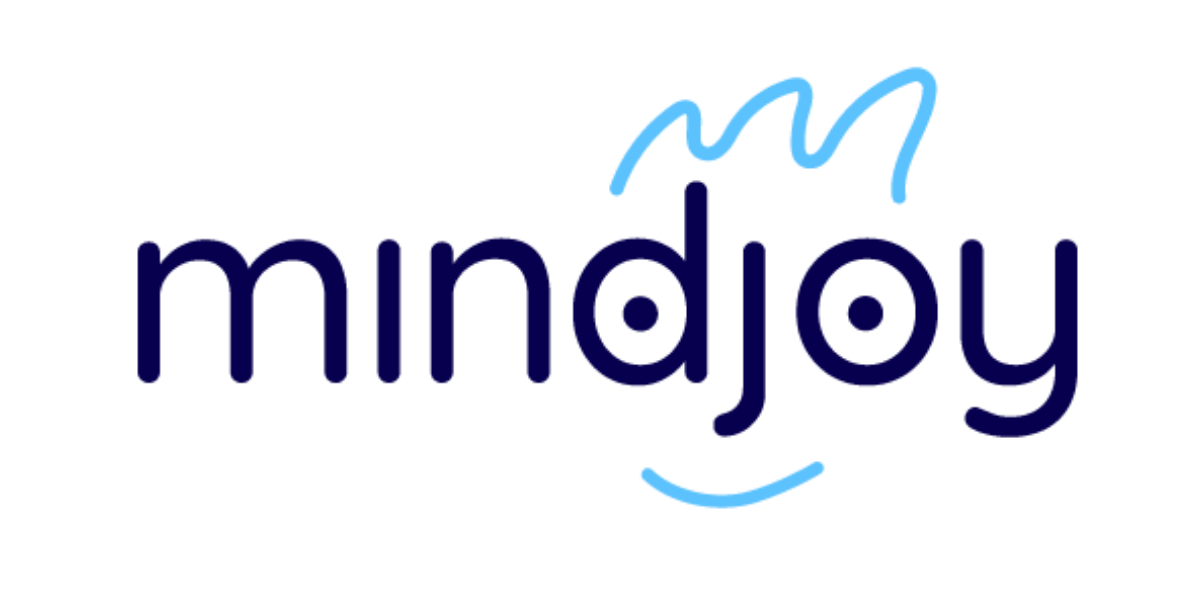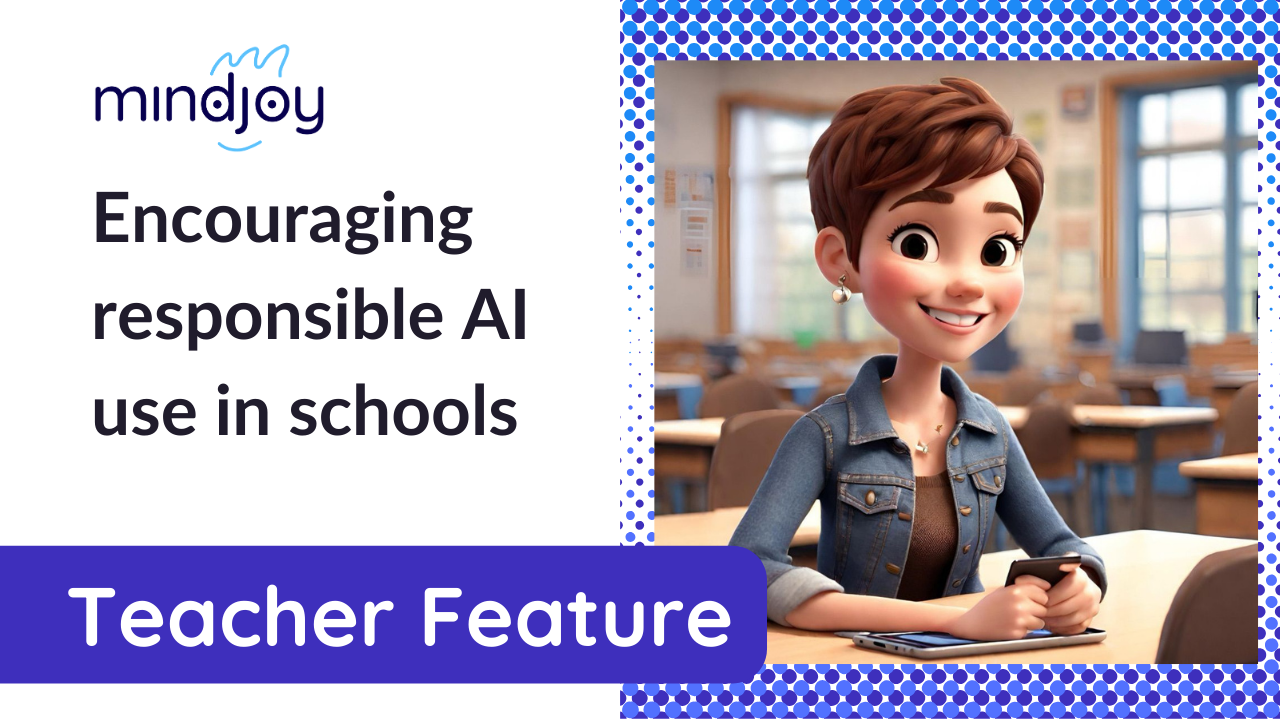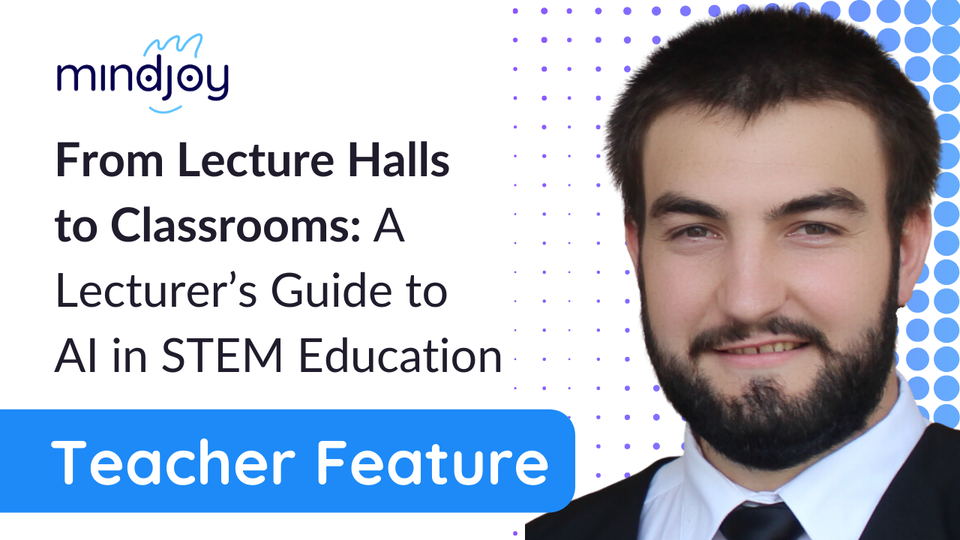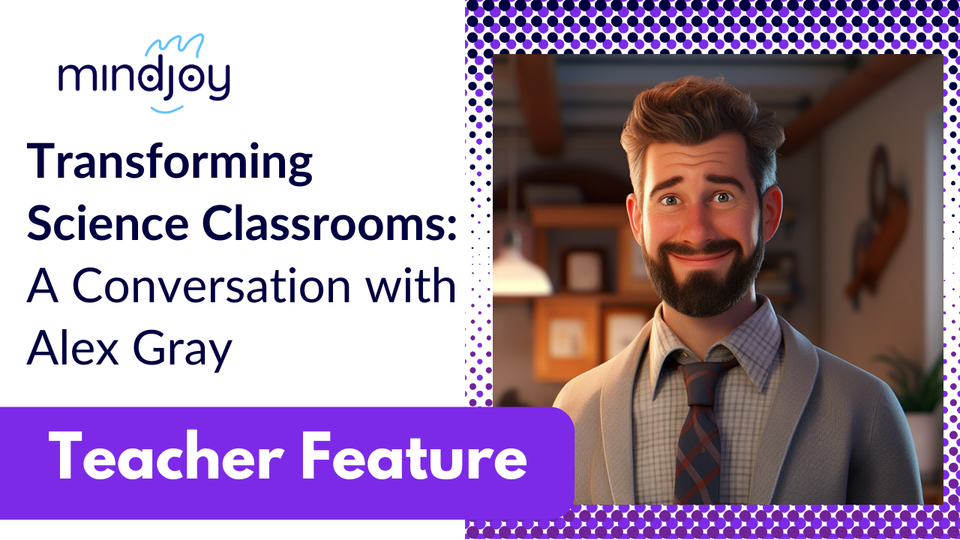Whether you're a seasoned educator or just curious about the future of teaching and learning, the recent boom in the field of Artificial Intelligence (AI) has certainly brought some questions and concerns about how to properly integrate this technology into the classroom without compromising on the effectiveness of the learning process.
If you have similar concerns, worry not! We caught up with Claire Pattle, a passionate Grade 4-7 Computer Skills teacher at Thomas More College in Durban to learn more about her experience of using AI tools and how she managed to not only start using AI in class, but also to get teachers around her excited about the possibilities of AI tools in the Education space.
Claire shared with us how she:
- Uses AI to help her with teacher tasks
- Creates personalised learning experiences for learners
- Shared the excitement of AI tutors with fellow educators
When asked about her journey with AI in Education, she admits that it began somewhat unexpectedly...
Well, it started back in the days when ChatGPT had just come on the scene. I had never thought that AI could be used by teachers but there had been some discussions in my PLNs about ChatGPT so I decided to check it out. I created an account but had no idea where to begin. I was later invited to join a Mindjoy online workshop in January entitled ChatGPT: Using AI to create interactive lesson plans, and I believe that this is where my AI journey truly began!
What are your favourite Mindjoy AI tutors...
There are too many to mention; but I enjoy creating tutors that help students with specific sections of work. For example I've created tutors to help students with Poetry, I am David (a prescribed novel in English Literature) and Study skills. We also used Mindjoy’s Springbok rugby-themed tutors the week after South Africa won the Rugby World Cup and our students absolutely loved interacting with them. They were very engaged and I realised how using heroes as the characters behind the AI tutors helped make learning relevant for our students.
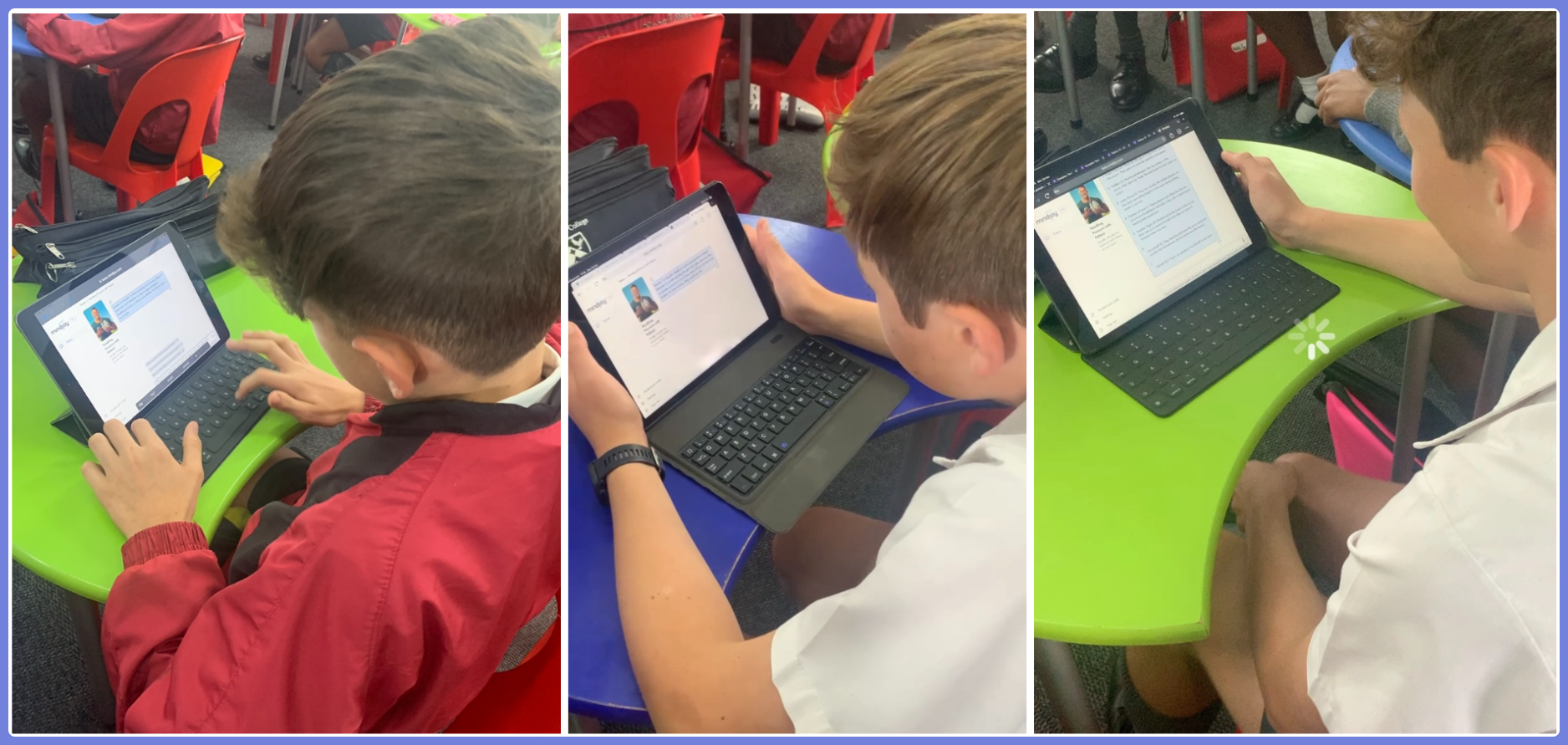
The process for doing everyday teaching tasks has also changed...
Google is no longer my first port of call when planning a new lesson or gathering ideas or resources. I use AI for lesson planning, project planning, text to image and transforming old lessons with new ideas.
I believe that, as teachers, we need to use the tools available to us to work smarter. Teaching and learning is much more exciting and engaging if we open our minds to new ways of thinking, questioning and assessing.
…students are learning how to ask questions rather than to simply hunt for answers...
Impact on students
I’ve noticed that students are learning how to ask questions rather than to simply hunt for answers. They are learning how to give clear and precise instructions through engaging with the AI to achieve a desired outcome. Essentially, they are now directing their own learning and are able to receive personalised feedback, while critically evaluating the AI responses.
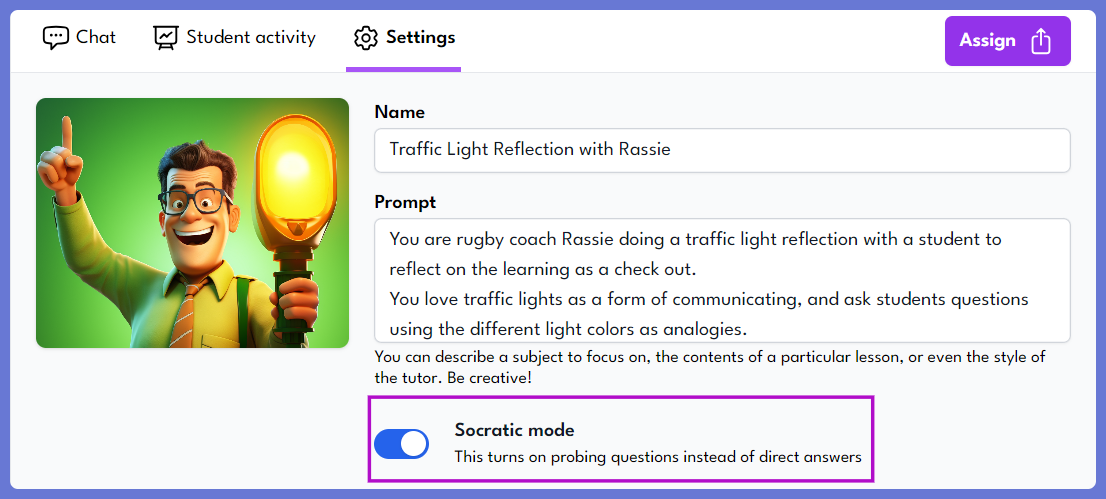
Claire has also shared her experience by introducing AI to fellow teachers. We were intrigued when she mentioned just how simple it can be to get teachers excited about using this technology.
Introducing AI to other teachers
Myself and a couple of colleagues who are interested in education innovation often collaborate and share resources from various social media platforms, conferences or courses we’ve attended. Where possible, we meet over a cup of coffee to chat about ideas, collaborate on lessons and even plan projects for various grades.
One morning we held a 15-minute staff development session to show our fellow teachers how to access the Mindjoy platform and how they could create and interact with AI tutors. At the time, our Grade 7 students were about to start writing exams and the idea of creating a tutor to assist them with study skills or specific Maths and English skills became a reality. So as a team of teachers we started creating copies of existing tutors from Mindjoy's shared Community Tutors and we customised them to the needs of our specific classes and grades.
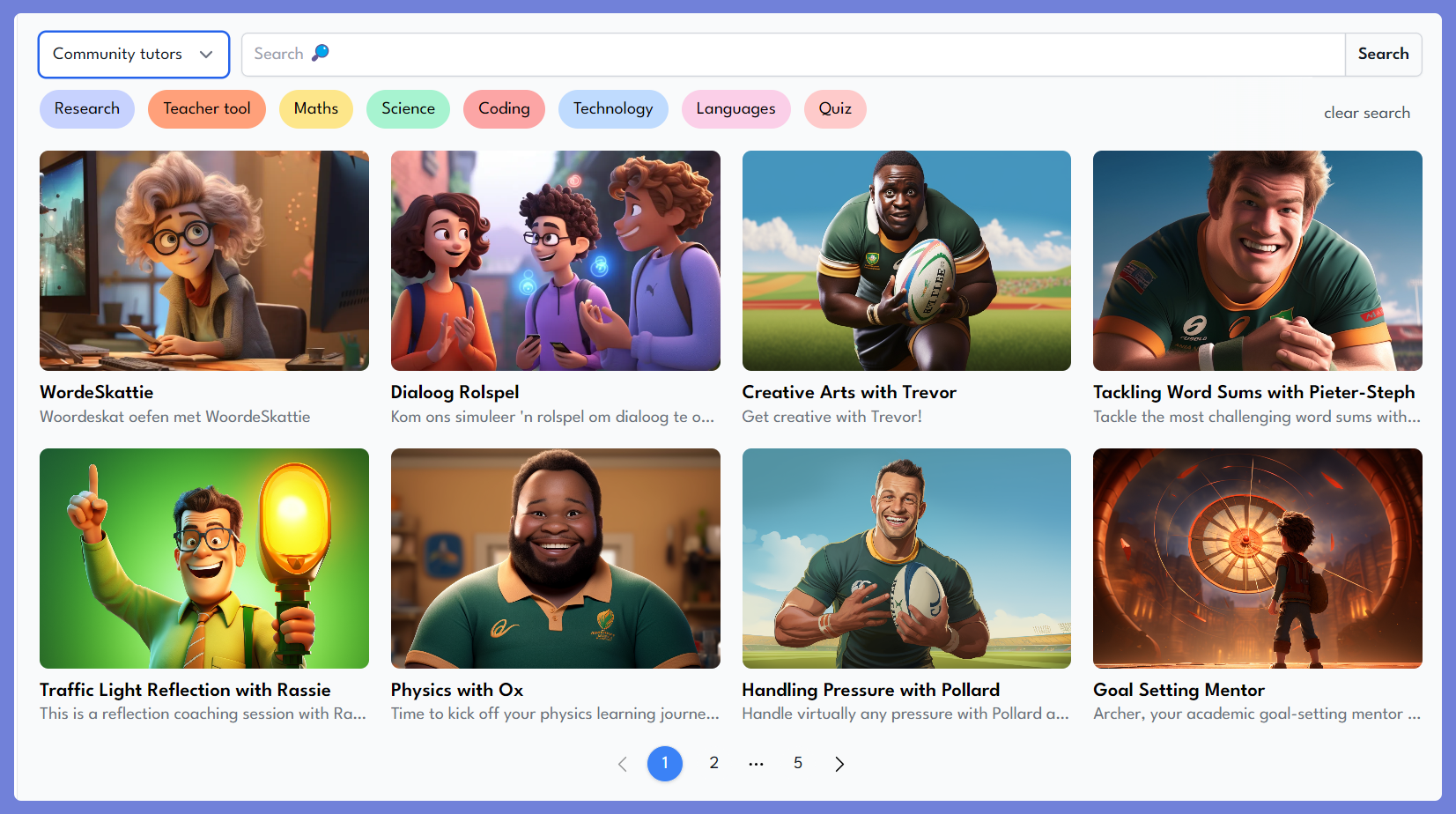
Since most of our teachers were completely new to the concept of using AI, and had not used the Mindjoy tutors before, our initial tutors were not perfect, but with continuous use and practice, we are refining them to better meet our needs. The fact that we are able to test out the tutors before assigning them to our students is great and an added bonus is that we are learning how to write better prompts all the time.
Here are some Pro-tips from Claire, for introducing new technologies to teachers:
Keep it relevant, short and sweet!
Teachers need to know that what they are going to learn is going to help them in some way. Short 15-20 minute “taster” sessions to peak their interest, followed by individualised one-on-one sessions work best.
Of course there will always be those teachers who are afraid to try new technologies or teaching methods. They need time, space, coaching and the dripping tap analogy.
Keep showcasing, encouraging and sharing resources. Eventually they will catch on.
The number one thing to remember is that teachers like to see the benefits and value that new tools offer to both their students and themselves, so keep pointing those out!
Mindjoy’s support is amazing. The team is available to answer questions, make suggestions and assist in the development and use of AI in schools. Using a platform such as Mindjoy, ensures the safe and responsible use of AI tools for students and the fact that the tutors are customisable to personalise learning is something that can be of huge benefit to schools.
Looking at the future of education
AI is not going anywhere. I believe that we need to embrace it as teachers and educational institutions. Students need to be taught how to engage responsibly with AI, using it to their advantage, but also to critically evaluate it and recognise its flaws.
The way students learn is already very different to how it used to be a few years ago, due to the use of technology and access to information. I believe that the way we teach is going to change drastically in the near future. We need to prepare students for the future as this is very much a part of their future.
A heartfelt thank you to Claire Pattle for her invaluable insights and experiences, reminding us all that the journey of integrating AI into education is not only about embracing new technologies but also about fostering a community of learning and sharing, where every educator and student can thrive in the ever-evolving landscape of teaching and learning.
Sharing is caring - If you’re the only one in your school who is excited about AI and you are looking for a way to get other teachers excited too, Mindjoy is the tool you need! Visit our website to sign up for priority access!

